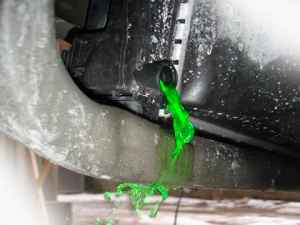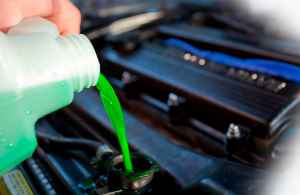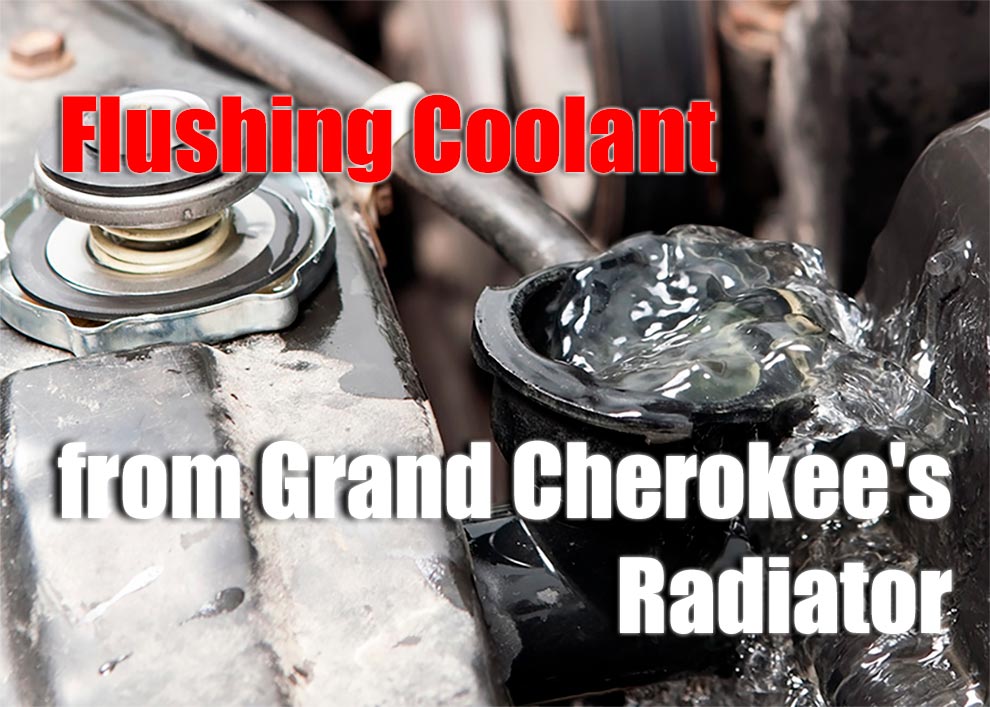The Jeep Grand Cherokee is a well-known and high-quality SUV. However, if it is not properly maintained, the coolant can become dirty and clog the radiator. This article will provide you with step by step instructions on how to flush out your coolant in your Jeep Grand Cherokee’s radiator so that you do not have to worry about breakdowns or overheating any longer!
Drain Old Coolant

Flush Radiator
Next, clean out all dirt from inside by pouring about one gallon of coolant into the opening and letting it flow around for at least 20 minutes before checking if there’s evidence of water or debris left over. If so, try using a hose – preferably an intake hose connected with a screwdriver attachment for ease of use – until air pockets release from cooling system without going past manufacturer-recommended levels which vary according to year/make/model.
Fill New Coolant

Conclusion
The steps are easy and can be done with simple tools that you may have around the house. Flushing your water at least once a year is recommended by most manufacturers, although some say it should be every other year or every six months.
Once removed, clean up any spilled fluids immediately because they will permanently stain anything they come in contact with like concrete or asphalt. You can wear gloves if possible when handling this strong chemical because skin oils can intensify its toxicity. Throw away containers containing mixed fluids as well as their contents into the trashcan and use a separate fresh container to catch your car’s used coolant before discarding it properly according to local laws (check with your city).

Add Comment